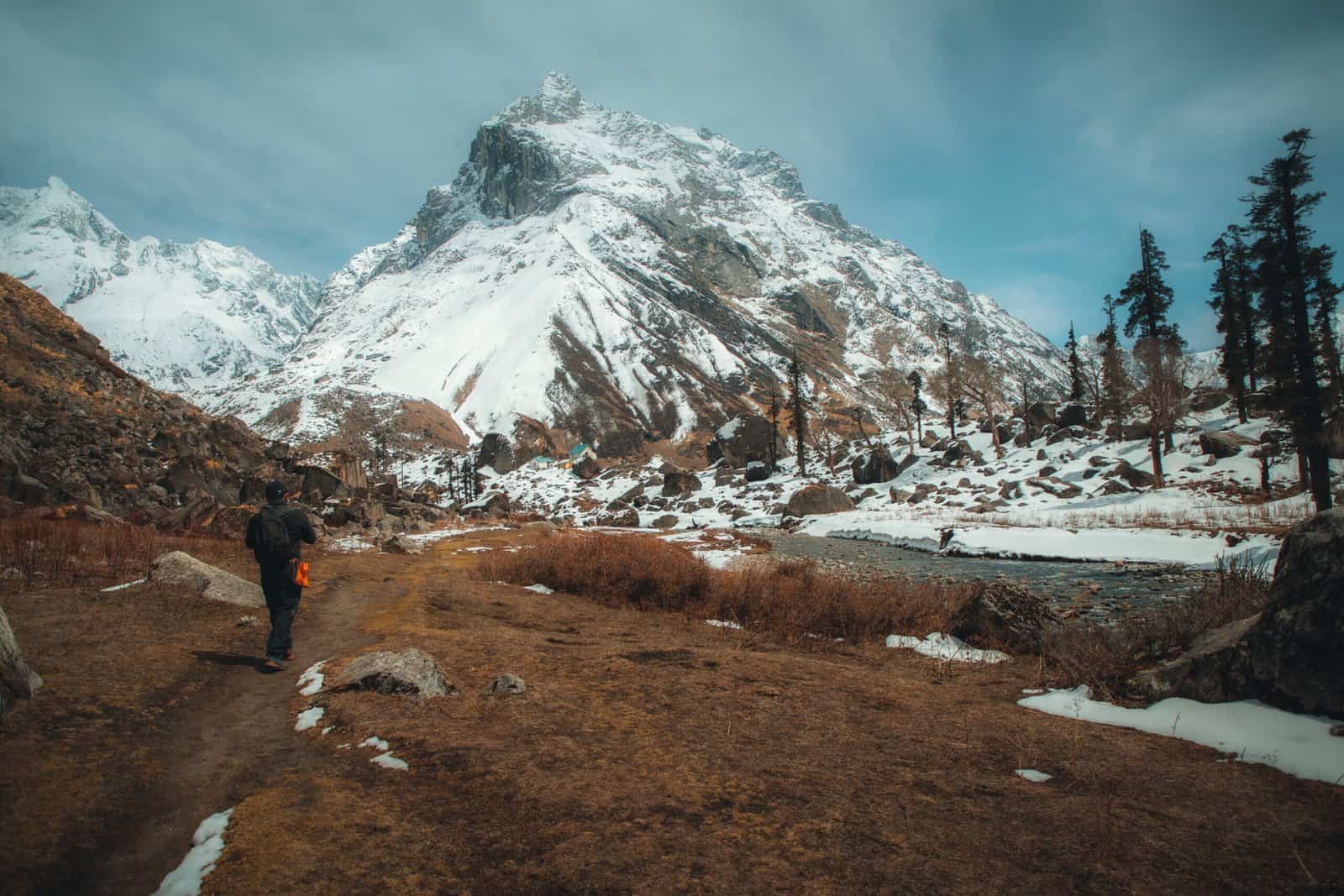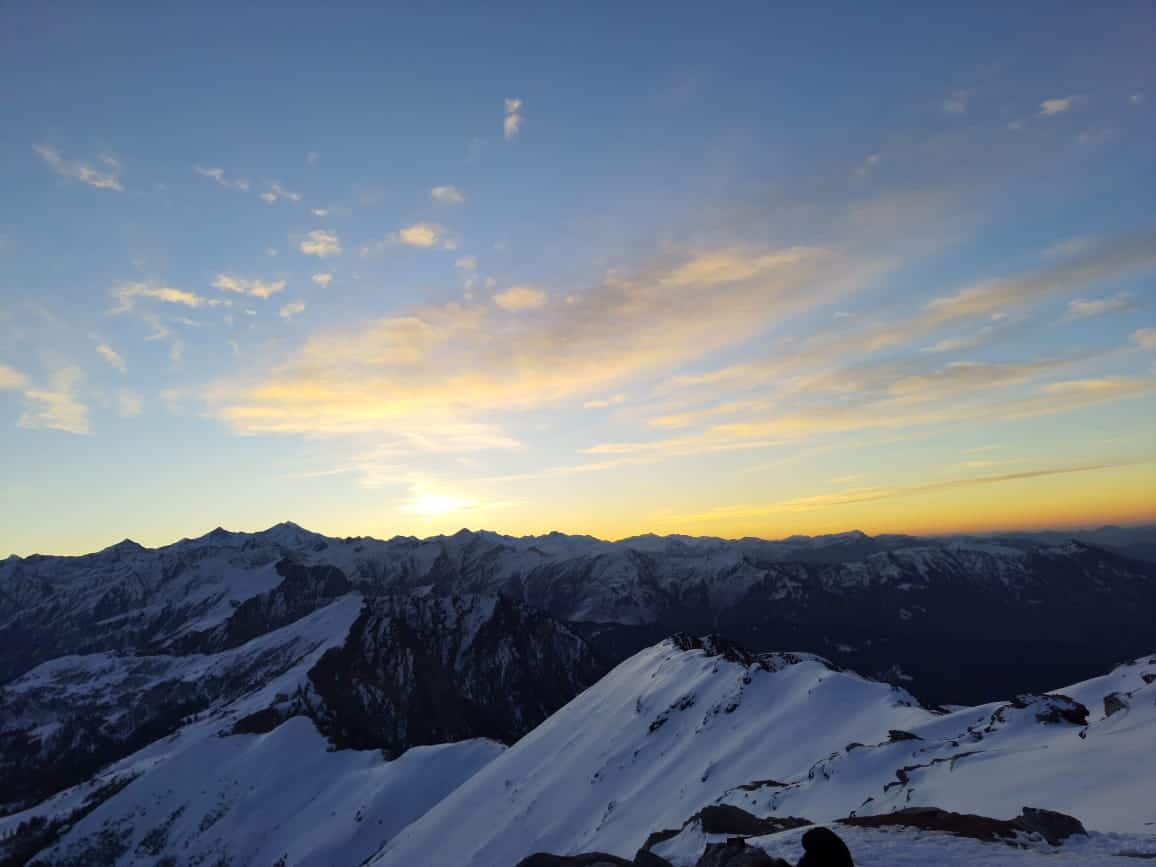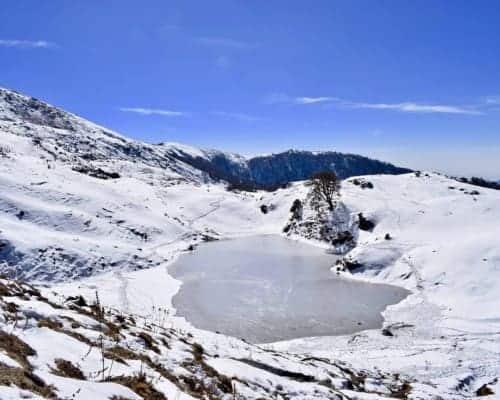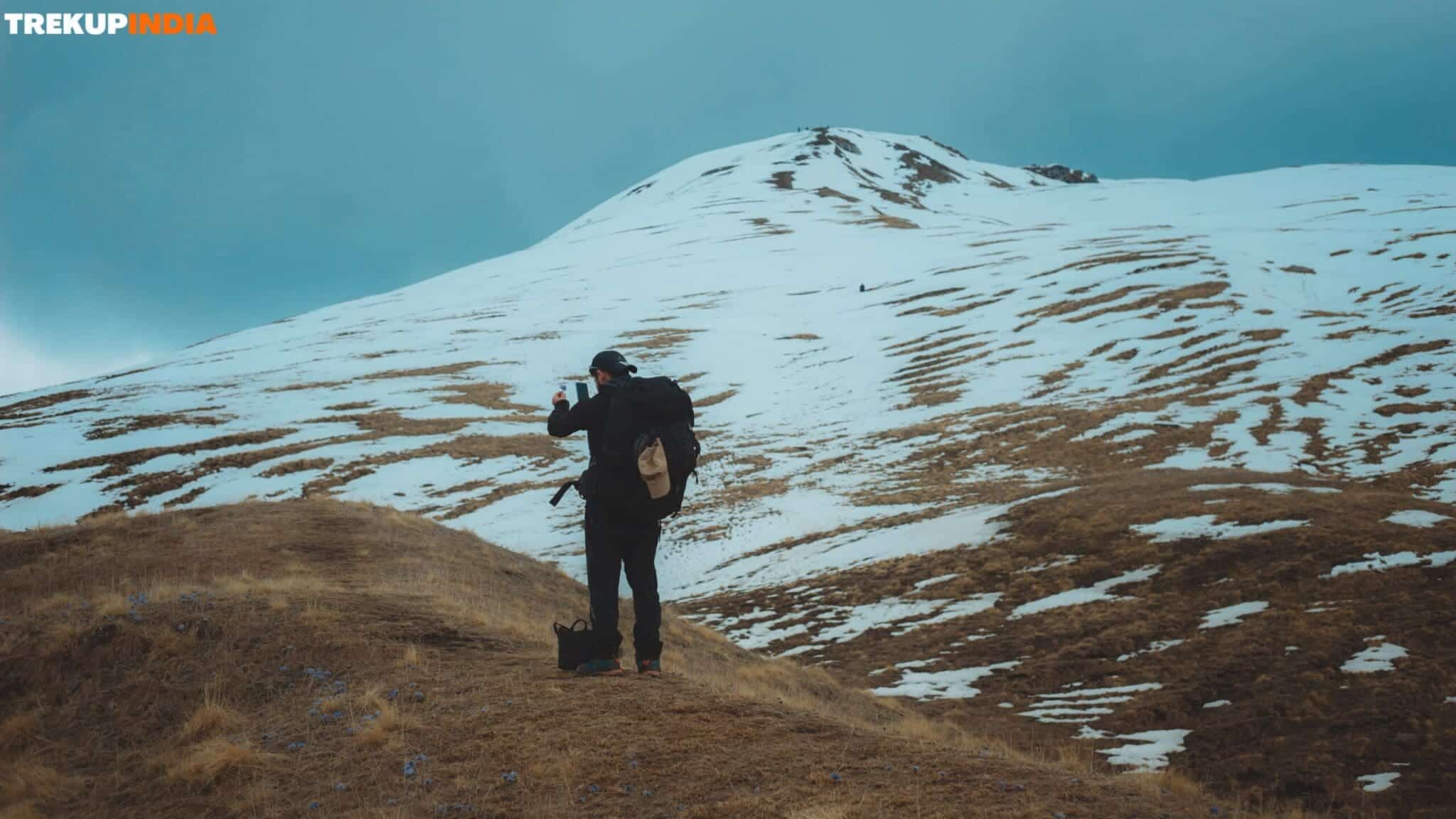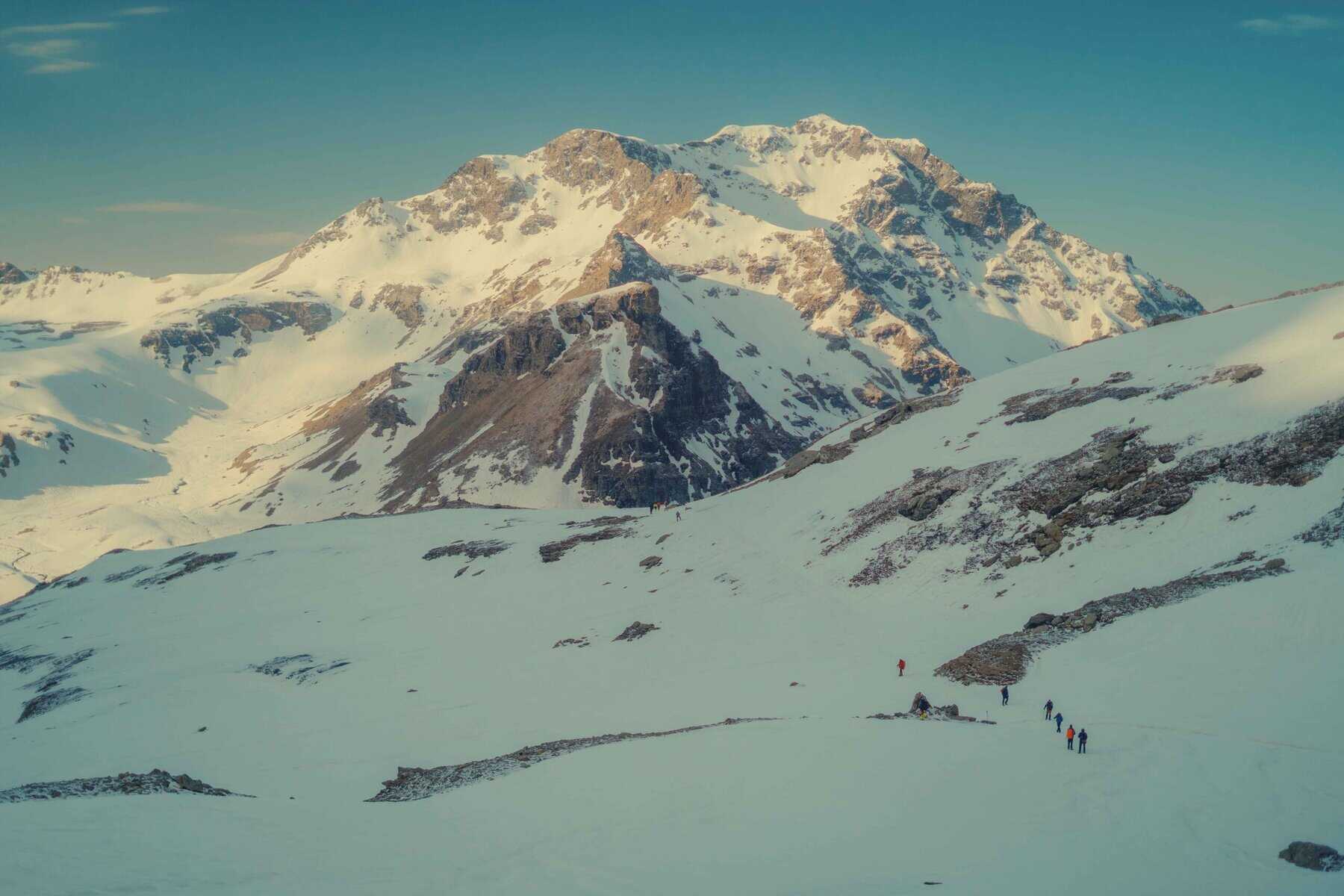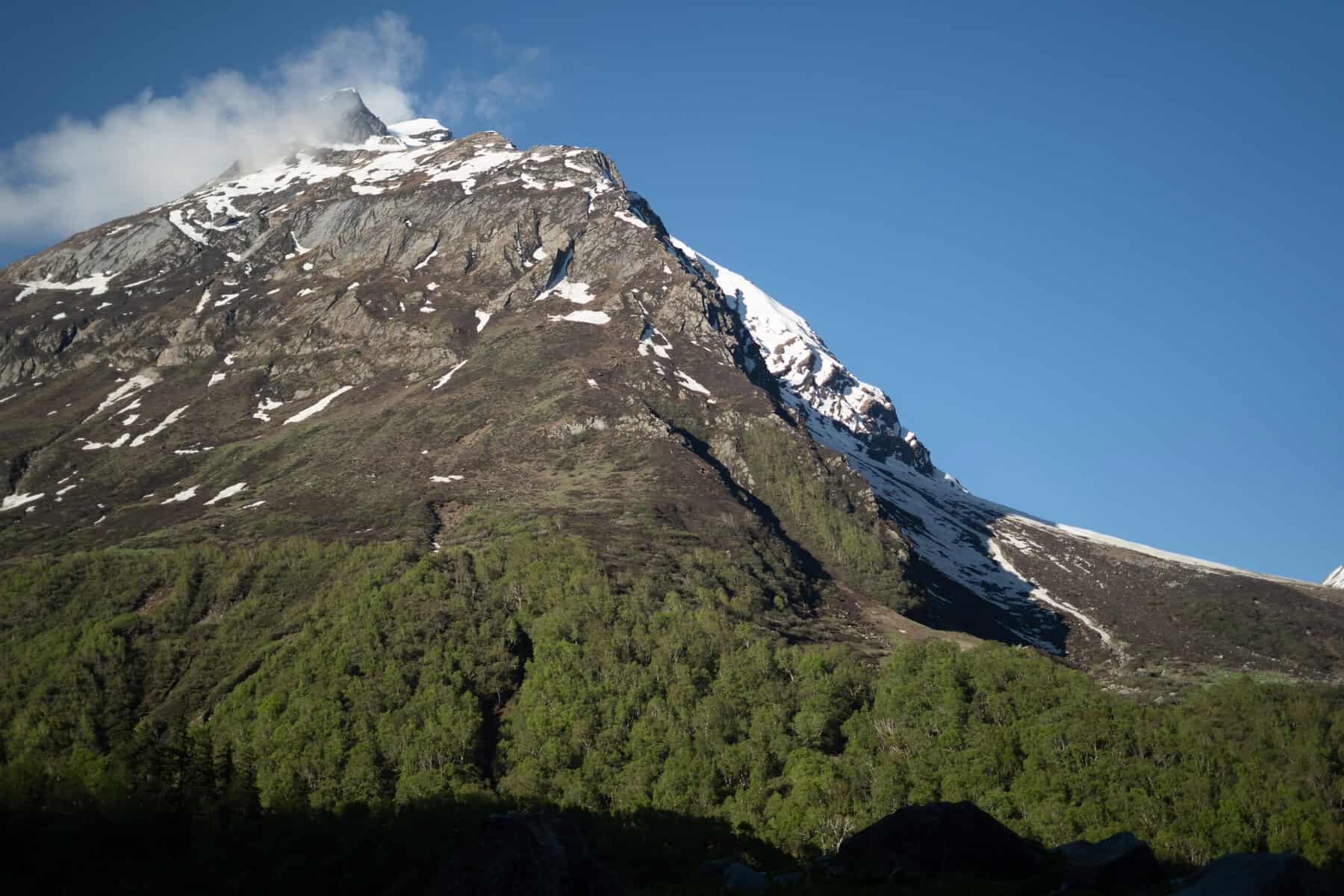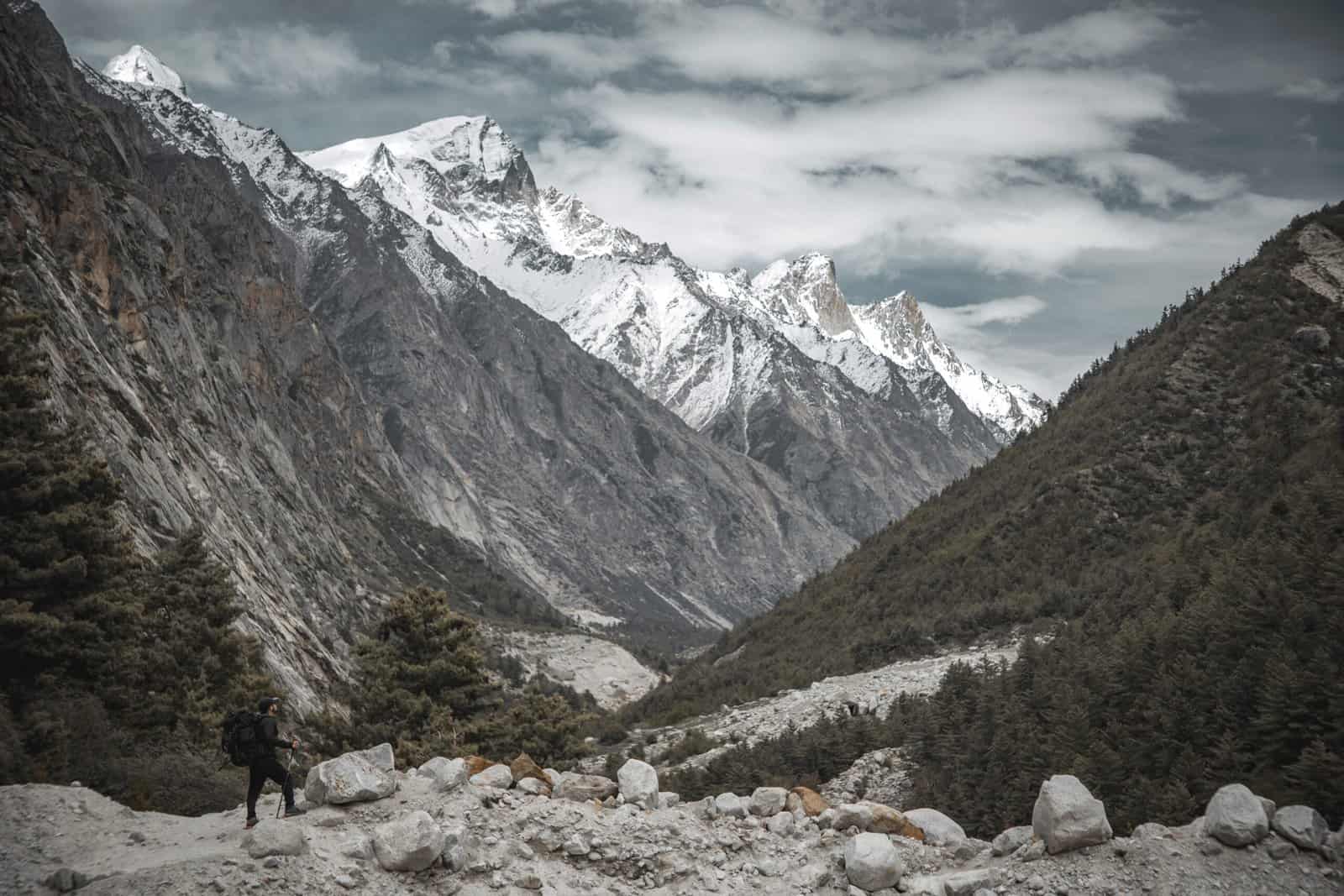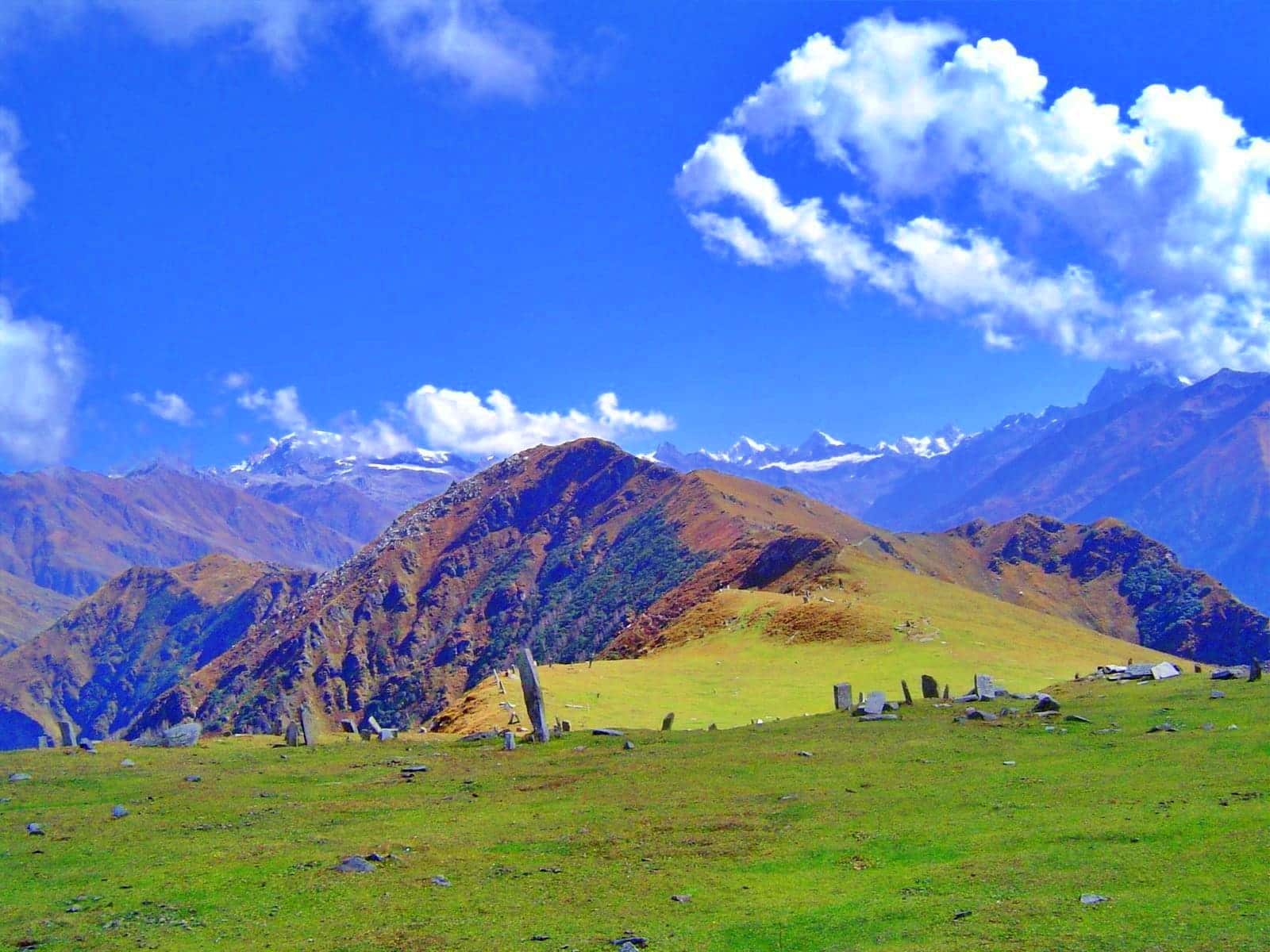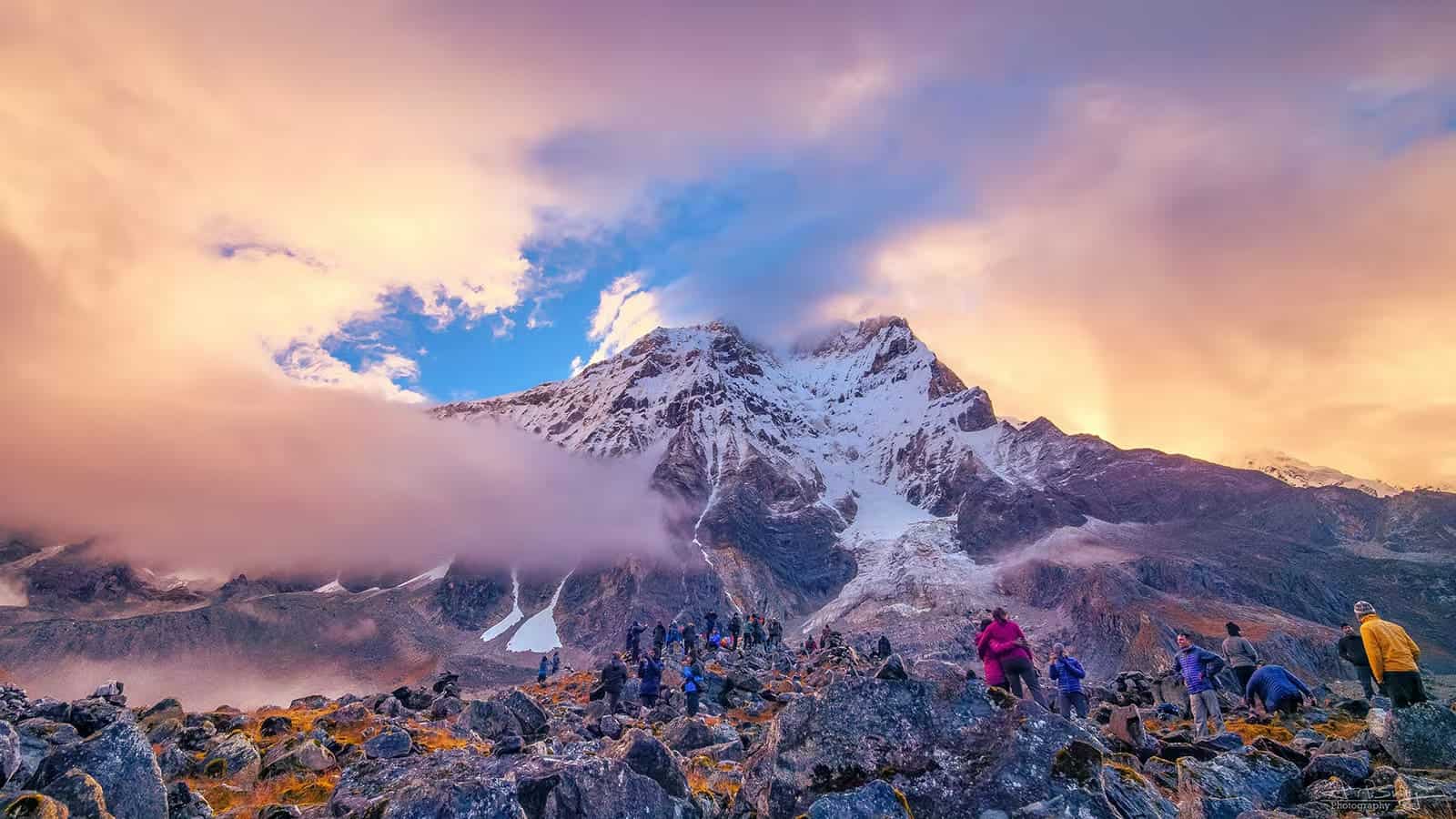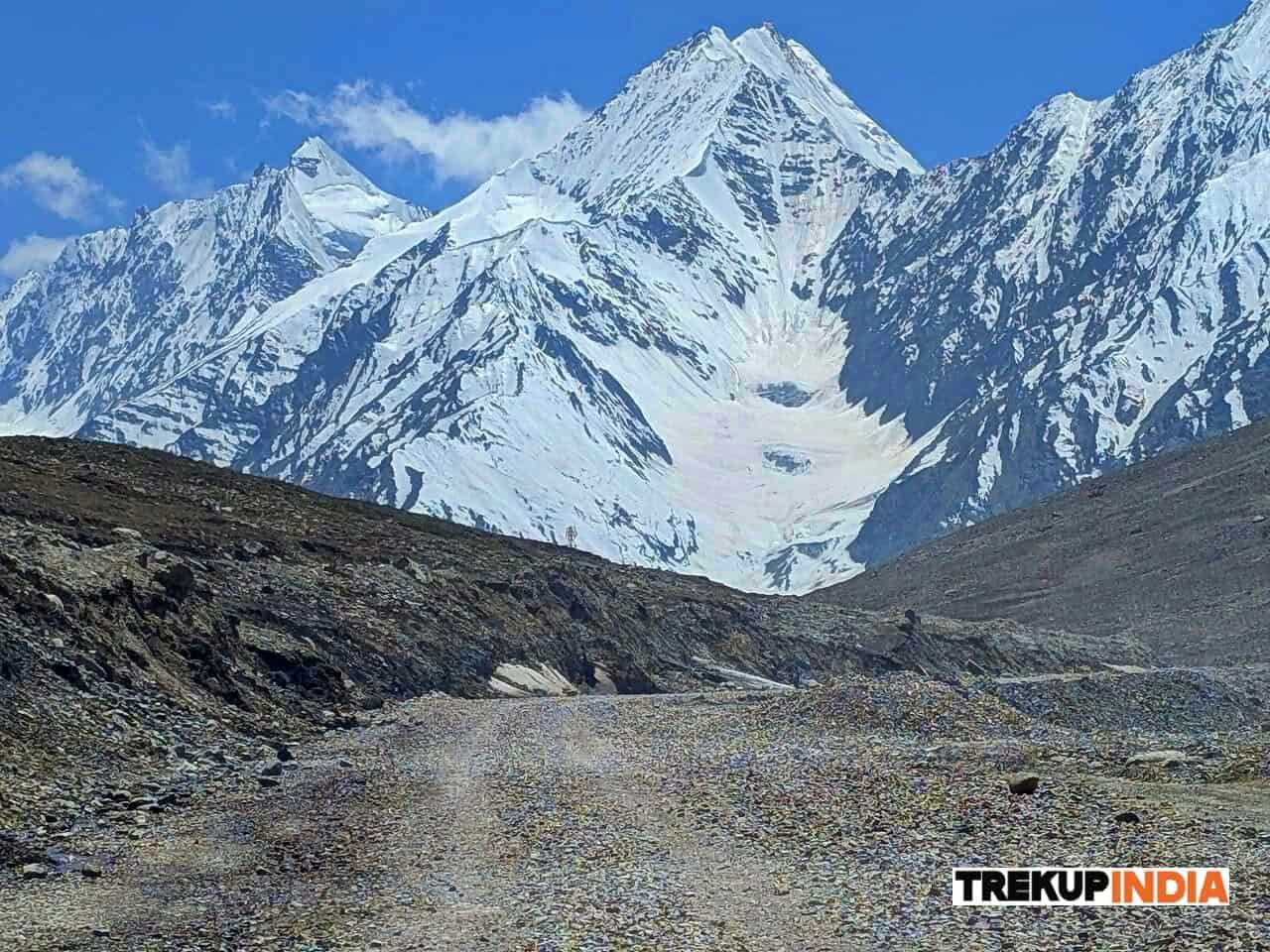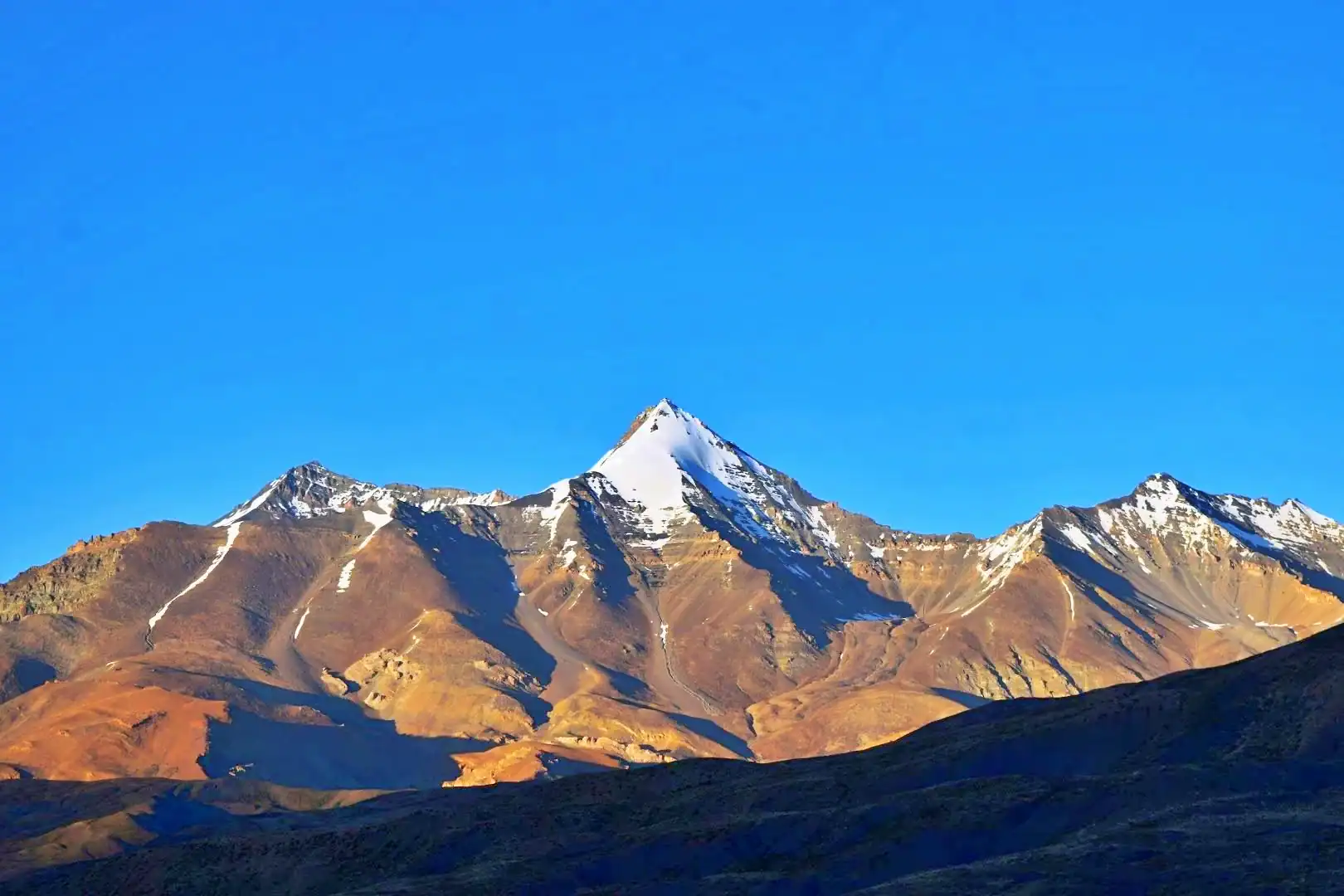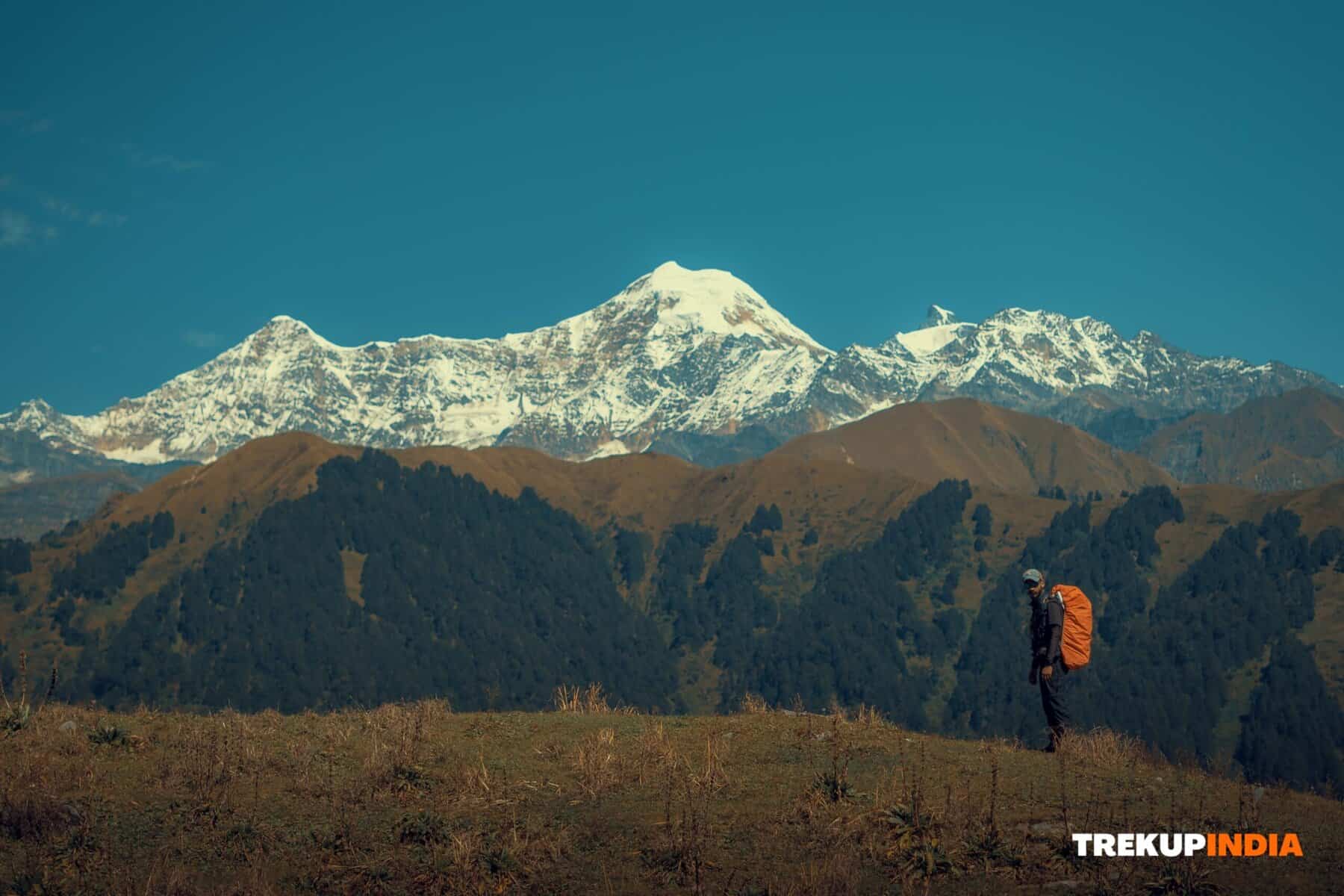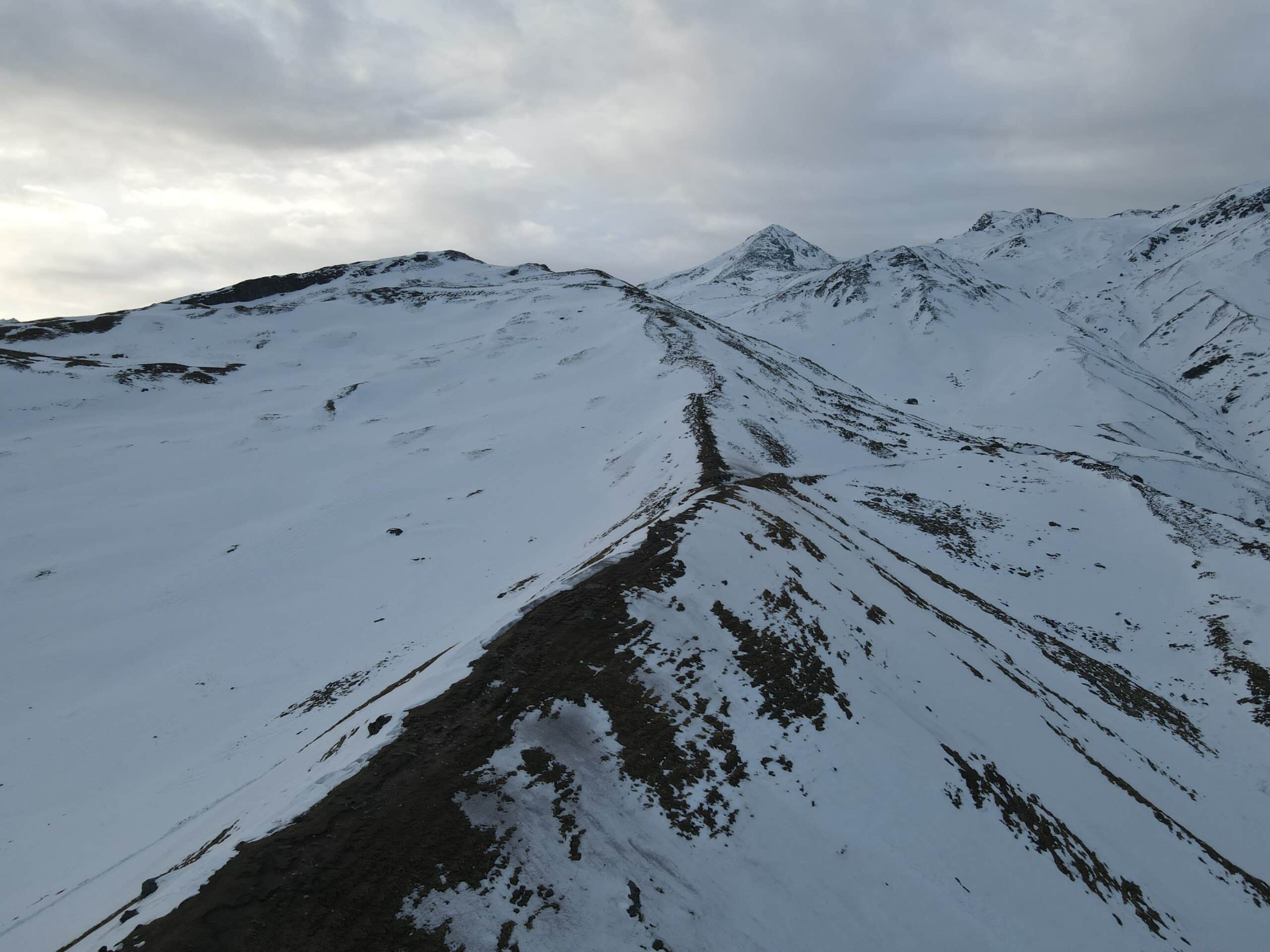The Importance of Fitness for High Altitude Treks
The Himalayas—what a place! With their towering, snow-capped peaks, they offer some of the most breathtaking views you’ll ever experience. Stretching across the northern edge of India, the range is home to some of the world’s highest mountains, including the mighty Mount Everest. In fact, there are over 100 peaks here that rise higher than 7,200 meters (23,600 feet), which is pretty mind-blowing when you think about it. It’s no wonder the Himalayas draw trekkers and climbers from all over the globe, all eager to conquer one of these majestic mountains in their lifetime.
But let’s be real—just having the desire to trek these incredible peaks isn’t enough. It takes more than enthusiasm to safely reach those summits and truly enjoy the experience. A high-altitude trek demands a level of fitness and preparation that’s hard to overlook. The higher you go, the more your body has to work, so being in top physical condition is absolutely crucial—not just for your safety, but to make the most of this once-in-a-lifetime adventure.
In this article, we’ll dive into why preparation is so important for these kinds of treks. We’ll explore the physical demands of high-altitude trekking and give you all the reasons why getting your body in shape is the key to making your Himalayan journey as successful and rewarding as possible.
High Altitude Challenges: Understanding
Trekking at high altitudes is no walk in the park. The air gets thinner, the terrain gets rougher, and the weather can turn on you in a second. At higher elevations, the air pressure drops, and with it, the amount of oxygen you can breathe in. This can make even simple tasks feel a lot more challenging. And it’s not just about the physical strain—there are real health risks to consider. Things like Acute Mountain Sickness (AMS), High Altitude Pulmonary Edema (HAPE), and High Altitude Cerebral Edema (HACE) are all altitude-related issues that can pop up if your body isn’t properly prepared or doesn’t acclimatize in time.
Decreased Oxygen Intake
With the lower oxygen levels at high altitudes, your body has to work harder to get the air it needs. This can leave you feeling breathless, exhausted, and just generally drained, even if you’re not doing anything too intense. It’s one of the first signs that your body is struggling with the altitude.
Altitude Sickness
If your body hasn’t had enough time to adjust, you might start feeling the effects of altitude sickness. Headaches, nausea, dizziness, and insomnia are all common symptoms. Your body’s telling you something—it needs to acclimate, or it’s going to make the trek a lot harder than it needs to be.
Slower Recovery
At higher altitudes, everything takes a little longer. Your body takes a bigger hit from the physical exertion, meaning you’ll need longer rest breaks to recover. The air’s thinner, and your body is using more energy just to keep you going. This can slow you down, which is why it’s so important to pace yourself and rest when needed.
Increased Risk of Injury
When you’re tired, your coordination starts to suffer, and that’s when injuries happen. You might find yourself more prone to sprains or slips on uneven terrain. The high altitude combined with fatigue increases your risk of getting hurt, which is another reason why proper preparation is key.
All in all, the physical demands of trekking at high altitudes are pretty intense, and it’s easy to underestimate just how much they can take out of you. That’s why getting fit and acclimatizing before your trek is so important—it’s not just about conquering the mountain, but making sure you can enjoy the experience and stay safe along the way.
How Fitness Overcomes High Altitude Challenges
Being physically fit is absolutely key when it comes to preparing for high-altitude treks. A strong, well-conditioned body is better equipped to handle the harsh weather, tough terrain, and thinning air you’ll encounter up there. Here’s why fitness is so important and where it really makes a difference:
Cardiovascular Endurance
When your heart and lungs are in good shape, they work together to supply your muscles with oxygen more efficiently. This makes it easier to keep a steady pace and tackle those steep, rocky climbs without feeling totally winded. Activities like swimming, running, and cycling are great for building up your cardiovascular endurance. The more you can get your body used to sustained effort, the easier it’ll be to keep going on those long, high-altitude days.
Muscular Strength and Stamina
Your legs, especially, will thank you for being strong when you’re navigating uneven, hilly terrain. Having upper body strength is equally important for maintaining balance and managing a heavy backpack. Exercises like squats, lunges, push-ups, and, of course, hiking with a loaded pack will really help you build the muscular endurance you need to get through tougher stretches.
Acclimatization
A fit body doesn’t just handle physical exertion better; it also adapts to the lack of oxygen at high altitudes more effectively. This means you’re less likely to suffer from altitude sickness and will recover quicker if you do. As you train, try to gradually increase the distance and time of your hikes to mimic the real thing. Don’t push too hard—build up your stamina over time, and remember to take it easy when you’re actually on your trek. Ideally, your longest training hike should be at least two weeks before your high-altitude trek, giving your body enough time to adjust.
Flexibility and Balance
Good balance and flexibility can make all the difference in preventing falls and injuries when you’re trekking on rugged paths. Flexibility helps you move more easily, and balance ensures you stay steady on those tricky sections. Yoga, Pilates, or even just practicing balance exercises like standing on one leg or using a stability ball can do wonders for improving your stability and coordination.
Mental Resilience
Physical fitness and mental strength go hand in hand. Training for endurance not only builds your physical stamina but also teaches your mind how to push through tough times. High-altitude trekking can be mentally and physically draining, especially with the added challenges of fatigue, altitude sickness, or unpredictable weather. But having that mental resilience means you’ll be able to keep going, no matter how hard it gets.
Beyond Fitness: A Holistic Approach
Physical preparation is a huge part of getting ready for a high-altitude trek, but there’s more to it than just working out. To set yourself up for success, you’ll also need to focus on other aspects of your well-being:
Proper Nutrition: Your body needs the right fuel to perform well, so focus on meals rich in protein, carbs, and healthy fats. And make sure to stay hydrated, especially at higher altitudes where dehydration can happen more easily.
Adequate Sleep: Don’t underestimate the power of rest. Your body needs time to recharge, so make sure you’re getting 7-8 hours of sleep each night during your training and before your trek. This will help your muscles recover and give you the mental clarity you need for your adventure.
All in all, a combination of physical fitness, proper nutrition, mental preparation, and good sleep will set you up for a safe and successful high-altitude trek. It’s about preparing your body, mind, and spirit to take on the challenge, and making sure you’re ready to enjoy every moment of the journey.
Conclusion
Trekking at high altitudes is one of those adventures that can feel incredibly rewarding, but it’s not something you can just jump into without preparation. It takes a mix of strength, flexibility, mental grit, and good cardiovascular fitness to truly thrive in those conditions. If you’re going to tackle the challenge of altitude trekking, these elements will help you face the demands of the trek and make sure you enjoy the experience to the fullest.
The mountains will always be there, waiting for you. But no matter how exciting the adventure, your safety and well-being should always come first. That’s why it’s important to train thoughtfully and keep your body in good shape. Get yourself physically and mentally prepared, and you’ll be able to greet your trek with confidence, knowing you’re ready for whatever it throws your way.
About Author

Preetam Singh Rawat (Founder)
The person behind this trekking organization is someone who’s spent over a decade – 12 years, to be exact – living and breathing the mountains. With multiple high altitude summits under his belt (we’re talking 6000 to 7000 meter peaks), he’s not just experienced – he’s the real deal.
But what really sets him apart is the sheer number of treks he has guided. He has led over 200 Himalayan expeditions, including well known routes like Bali Pass, Buran Ghati, Rupin Pass, Pin Bhabha, Stok Kangri, and Black Peak. Not just once, but multiple times. So yeah, when it comes to the Himalayas, he knows every twist in the trail and every story the mountains have to tell.
Got questions or want to get in touch? Write to Preetam at preetam@trekupindia.com. He’s always happy to chat about treks, answer your questions, or help you prepare for your next big adventure.
Share this article
Dates For Upcoming Treks
Want To Trek Like Pro?
Basically, watch these videos if you want to trek the same way professional trekkers do and make your skills better. These videos contain useful tips and techniques to further improve your trekking skills itself. These videos actually help both new and experienced trekkers improve their trekking skills. These videos definitely provide useful tips that make your trek better. We are seeing that these videos by Trekup India experts will only help you make your trekking skills better.







Know Everything About Acute Mountain Sickness
Acute Mountain Sickness occurs when people trek to high altitudes above 8,000 feet. This condition itself develops further due to reduced oxygen levels at such heights. Basically, as you go higher up, the air pressure and oxygen levels decrease, which causes the same problem. Acute Mountain Sickness surely causes headache, nausea, vomiting, and dizziness in affected persons. Moreover, peoples also experience difficulty in sleeping during this condition. To avoid mountain sickness, you should actually trek up slowly to higher altitudes. To learn further about this condition itself, watch the videos by Trekup India.





